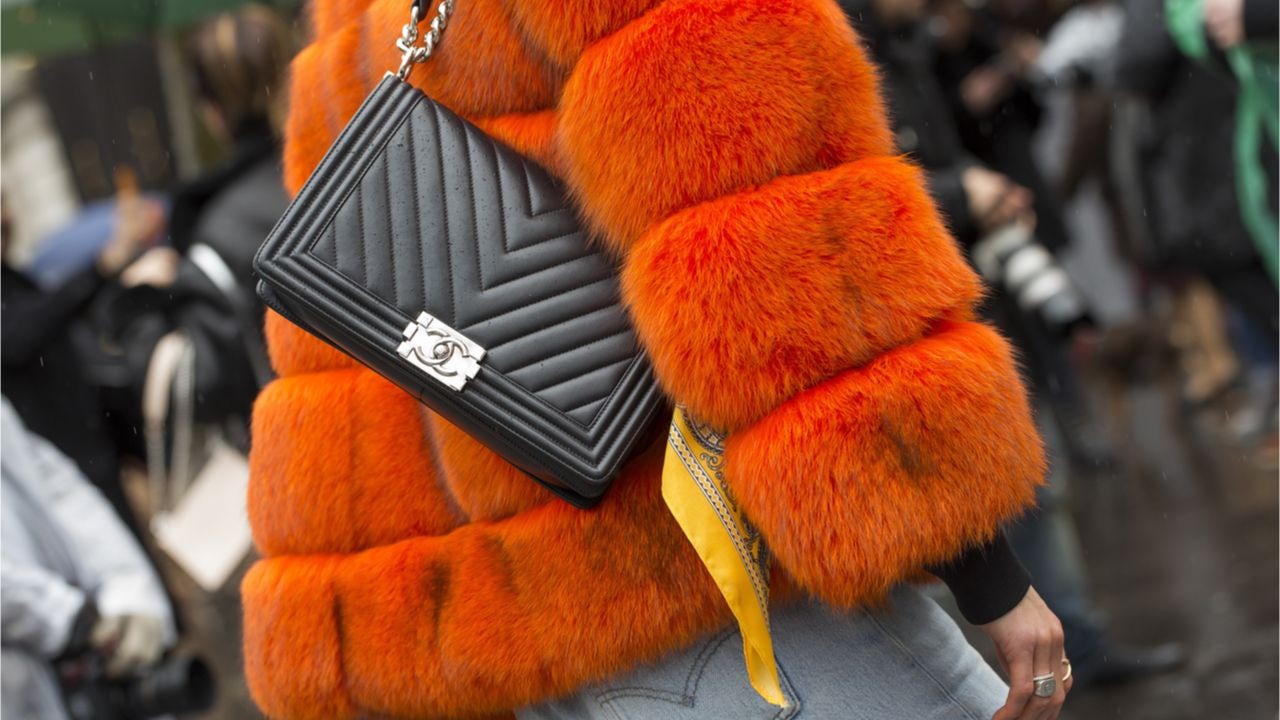Key Takeaways#
:
- When it comes to bad first impressions, luxury brands are particularly susceptible since their dependence on value creation is enormous.
- Studies estimate that Gen Zers’ attention spans are only around 6 seconds, and it is 8 seconds for millennials. So, if you confuse your audience, you will quickly lose them.
- Today, the digital journey is the most critical aspect of purchase decisions. Regardless of whether a customer buys online or in-store, their digital journey comes first. So digital first impressions are even more crucial.
It just takes one moment to make a first impression. But if the perception is negative in these pivotal first seconds, it could take a massive effort to correct it. That is also true for brands. Luxury brands are particularly prone to scrutiny upon first sight, as their dependence on value creation is enormous.
In other words, if you don’t create extreme value right away — or, even worse, make a poor impression — then you might never convince customers to buy what you’re selling. Brands should reflect upon this issue because most of them leave their first impressions to chance.
Think of google ad words, for instance. Almost all brands, luxury or not, use ads to drive traffic to their websites. Many rely on the google algorithm to optimize the search terms, words, or phrases that consumers use most often. While this may yield the best search results, the first impression it leaves may be way off. In this context, many brands miss the opportunity to tell their brand story, and instead, they focus on talking about product elements common to most competitors. As such, when one types in a google search, the feedback is very often the story of any competing brand. That is the definition of brand equity destruction.
When you google Tiffany & Co. (results from November 12, 2020), you see in the subheader under the brand name: “BannerItem 1. Plan your holiday shopping early with a little help from a Tiffany gifting expert. center.” Google search is a not-to-be-missed marketing opportunity. Yet, in this case, it’s confusing to millions of people who are searching for this brand. And these examples are hardly rare. While Tiffany’s case looks like a technical glitch, it’s nevertheless a first impression for a luxury brand in the digital arena. This type of mistake would never be acceptable in its physical store, so why is it happening online, where even more precision is necessary?
Another common problem for brands is inconsistency with their storytelling across digital platforms. Many brands messaging across their social media, websites, and physical stores are inconsistent, sometimes wildly so. It’s not uncommon to find up to ten varying brand stories connected to one brand. This frequent issue has a massive impact on brand perception, clarity, and authenticity.
Studies estimate that Gen Zers’ attention spans are around 6 seconds, and it is 8 seconds for millennials. For brands wanting to reach these critical target groups, clear brand positions and consistent messages across all platforms are non-negotiable. If you confuse your audience, you will lose them.
For the vast majority of luxury brands (my estimate is roughly 95 percent), the digital journey is now what is most critical for purchase decisions. Whether a customer buys online or in-store, their digital journey comes first. Brands that are not creating competitive advantages during those virtual moments will not sell. It is that simple.
In one example, we saw store traffic at a flagship store of one of Europe’s top fashion brands plummet by a high double-digit amount in less than one year (and this was before the pandemic). The reason? Its competitors were targeting their audiences dramatically better than the brand. This company’s digital underperformance led to physical consequences via empty stores and lost consumer loyalty. Even for large legacy brands, wrong first impressions can be very damaging.
What should brands do? It all starts with generating as much clarity as possible on brand positioning and storytelling. This exercise is not easy, and it means focusing on one aspect a brand can own and defend. The more radically reduced a brand story becomes, the more powerful it is in reaching young, digital audiences. As such, the brand message needs to be consistent from the very first impression. No detail can be left to chance, and every word matters. And all of it needs to be permanently monitored in real-time with AI-powered data analytics tools, so brands can have instant knowledge about how it digitally performs against its competition. Without those tools, brands are flying a plane with no instruments, making a crash inevitable.
First impressions matter. In luxury, they define a brand and allow it to create extreme value or not. Don’t let imprecise storytelling destroy your brand’s chance for success.
Daniel Langer is CEO of the luxury, lifestyle and consumer brand strategy firm Équité, and the professor of luxury strategy and extreme value creation at Pepperdine University in Malibu, California. He consults some of the leading luxury brands in the world, is the author of several luxury management books, a global keynote speaker, and holds luxury masterclasses in Europe, the USA, and Asia. Follow @drlanger


